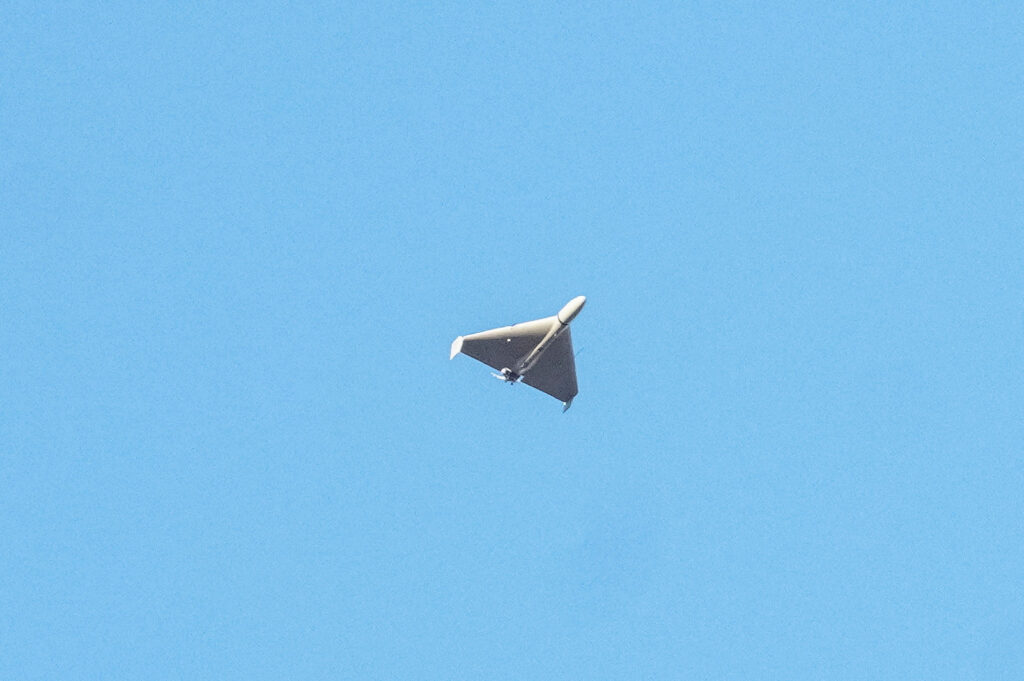Russia may have depleted the Iranian drones it uses to strike Ukraine, Bloomberg writes , citing European officials.
One indication of this is the significant reduction in drone attacks over the past ten days. However, the pause may be due to the fact that Russia is stockpiling for future attacks, as most of the drones launched destroy Ukrainian air defense systems, Bloomberg notes.
According to one of the sources of the agency, Moscow is constantly working to get new batches of drones and other weapons from Iran and other countries. At the same time, the G7 and the EU seek to disrupt supplies by restricting Russia’s access to any Western components that could be used for military purposes.
The EU is discussing sanctions and export restrictions against seven Iranian organizations, including those associated with the Islamic Revolutionary Guard Corps. “We propose, among other things, to introduce restrictions on the export of many electronic components used in Russian military systems, such as drones, missiles, helicopters,” European Commission President Ursula von der Leyen said last week.
Russia began purchasing Iranian drones to attack Ukrainian infrastructure facilities in August 2022. For the first batch of 160 Shahed-136 and Mohajer-6 drones, Moscow paid Tehran 140 million euros in cash by sending the money by plane, British TV channel Sky News reported .
When shelling Ukrainian infrastructure facilities, Russia disguised Iranian Shahed-136 kamikaze drones as its own Geran-2 drones. Moscow denied buying drones from Iran, but Islamic Republic Foreign Minister Hosseini Amir Abdollahian admitted that Tehran had supplied Russia with a small number of drones. According to him, Tehran did this a few months before the start of the war in Ukraine.
In early February, The Wall Street Journal wrote that Russia was going to build a plant for the production of Iranian drones in the city of Yelabuga in Tatarstan. According to a preliminary agreement, at least 6,000 drones will be produced in Yelabuga for the war in Ukraine, but for what period is not specified. At the same time, according to sources, the plant is only part of a deal between Moscow and Tehran for $1 billion.
source: moscowtimes

